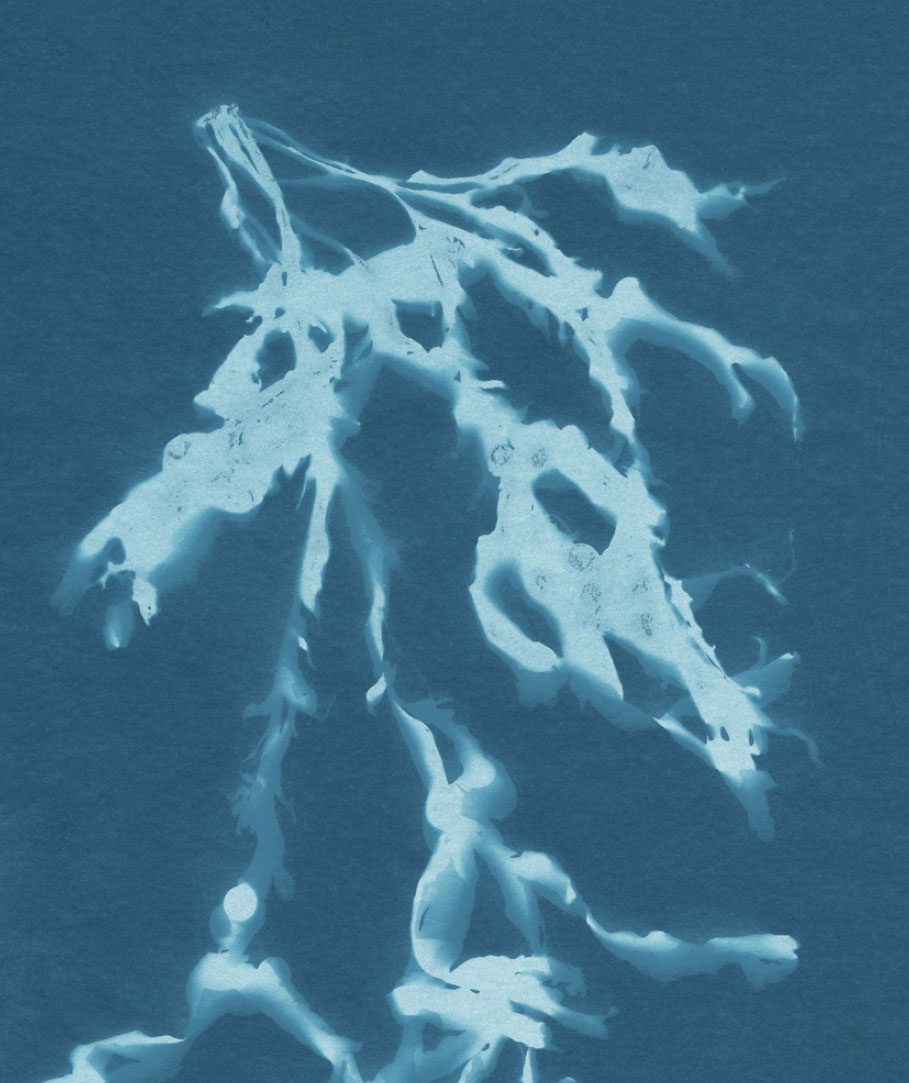


Vegetables from the sea can be served in many ways: Raw, boiled, baked, grilled, dried or fried, in salads, as a delicious flavour enhancer or as a substitute for salt. Even in small quantities they add good flavours and nutrition. The flavour depends on how the sea vegetables are used; you can procure everything from strong flavours to mildly spicy, sweet and salty. As with the flavour you can produce different textures, depending on the preparation. If the sea vegetables are fried they become lovely and crisp. They go perfectly well as a topping or garnish for soups and stews. If you steam them or serve them fresh, you get an exciting salad with al dente texture. Thus vegetables from the sea are suitable both as a main course and as a garnish for fish and other seafood.
Many modern chefs love sea vegetables not only for their texture and colours. It is also because of the flavour – umami. Maybe you don’t know what umami means? That is not so strange because at school we were only taught about four basic flavours: Sweetness, sourness, saltiness and bitterness. This is no longer the case; these days umami is recognised as the fifth flavour.
Umami is a Japanese word from umai (delicious) and mi (essence). The umami taste was identified by Dr. Kikunae Ikeda in 1908. One day when he had the traditional soup, dashi, it tasted exceedingly good. Kelp had intensified the flavour of the soup. Dr. Ikeda made several studies and discovered that the flavourings consisted of the amino acids glutamate and inosinate. They occur naturally in meat, fish, algae and other foods rich in protein. The umami taste could therefore be further refined and used as a flavour enhancer. On its own umami is quite indeterminable and not a dominant taste which is not always easily identifiable, but in combination with other flavours it plays an important role.